This has been a year for the history books, including aviation history. The pandemic’s economic effects on commercial aviation have made the headlines. But it has also affected general aviation, complicating normal work such as charter flights, med evac, firefighting, and airshow flying, and sometimes interfering with pilot training and certification. Aviation experts worry about possible long-term impacts on the industry.
But pilots are resilient people, and perhaps the view from above gives them a broader perspective. When we asked a number of pilots about their lives and views in 2020, we learned that every one of them kept flying, found new opportunities, and is facing the future with confidence. Here are their stories.
Corporate pilot Jim Gruneisen spent most of his summer as an air ambulance pilot in Friday Harbor, Washington, so he got to experience the aviation effects of COVID firsthand. But, in the long run, he sees charter flying growing as a result of this year.
“There were a lot of firsts for me. Learning to fly with a mask, wearing PPE, removing PPE on the tarmac without contaminating myself, washing my hands constantly, waiting to hear from the hospital if the patient was COVID-positive before I could go home to my wife, learning hand signals from the medical personnel since they couldn’t talk thru their full masks. And now, finally, I’m hoping to get vaccinated soon.
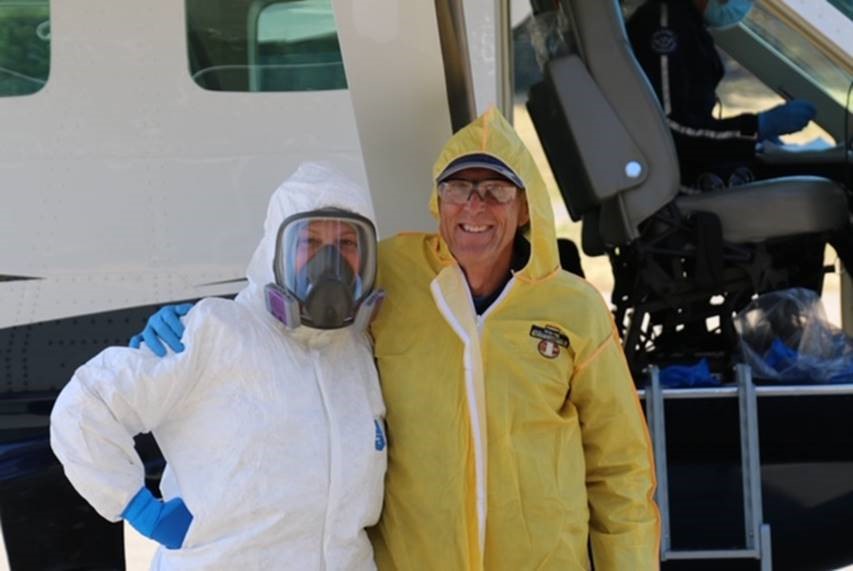
“On the corporate side, I think a lot of people that normally travelled the airlines got a taste of charter travel. They complained a little about the price but enjoyed the experience. Hopefully there will be many new customers when this is all over. And we saw a lot of airline guys looking for a job. They all brought new skills and expectations to Part 135 flying. I think some will stay with companies that offer solid future employment even though the salaries are lower than the big airlines.”
Dan Rudert, long-time film industry pilot, also shifted to flying as a first responder this year.
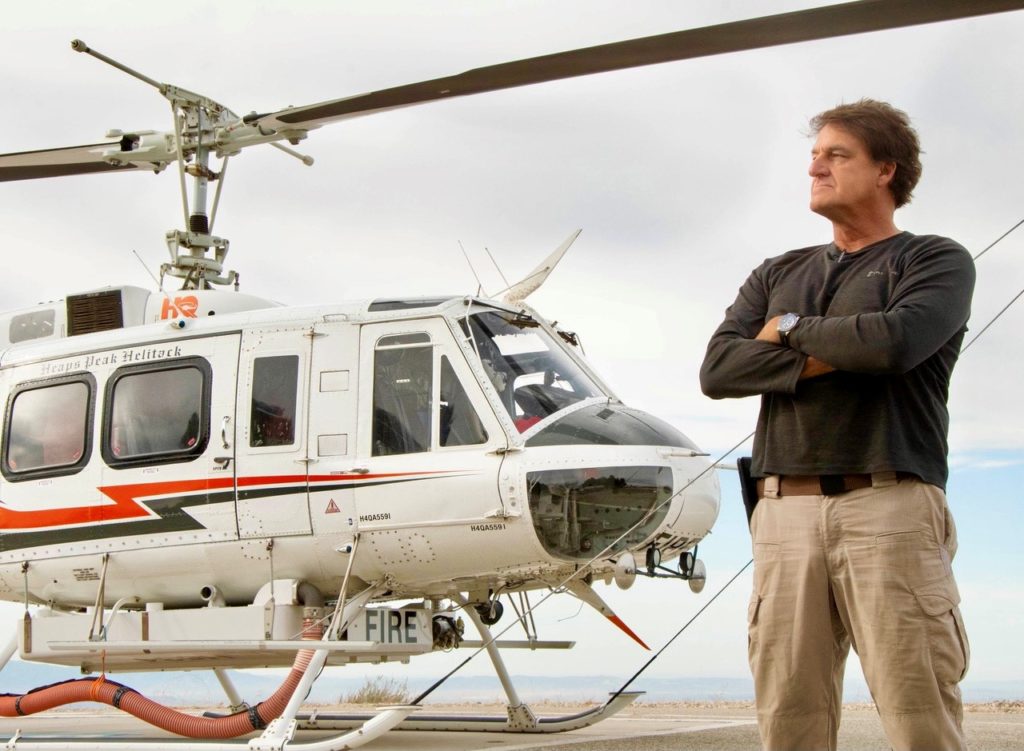
“Between the COVID shutdown of the film industry and ongoing advances in aerial drone and CGI technology, the demand for actual helicopters to fly these missions seems to have diminished ten-fold over the last several years. Lucky for me, I’ve kept other flying skills current for the last 29 years supporting wildland firefighting suppression efforts in southern California for the US Forest Service (USFS). Fortunately, aerial firefighting and support pilots have been classed as “essential workers” during the pandemic. To be able to do this essential and rewarding work, to provide for my family while continuing to fly has been an incredible blessing. Many colleagues, particularly those in the air tour sectors, have unfortunately not been so fortunate.
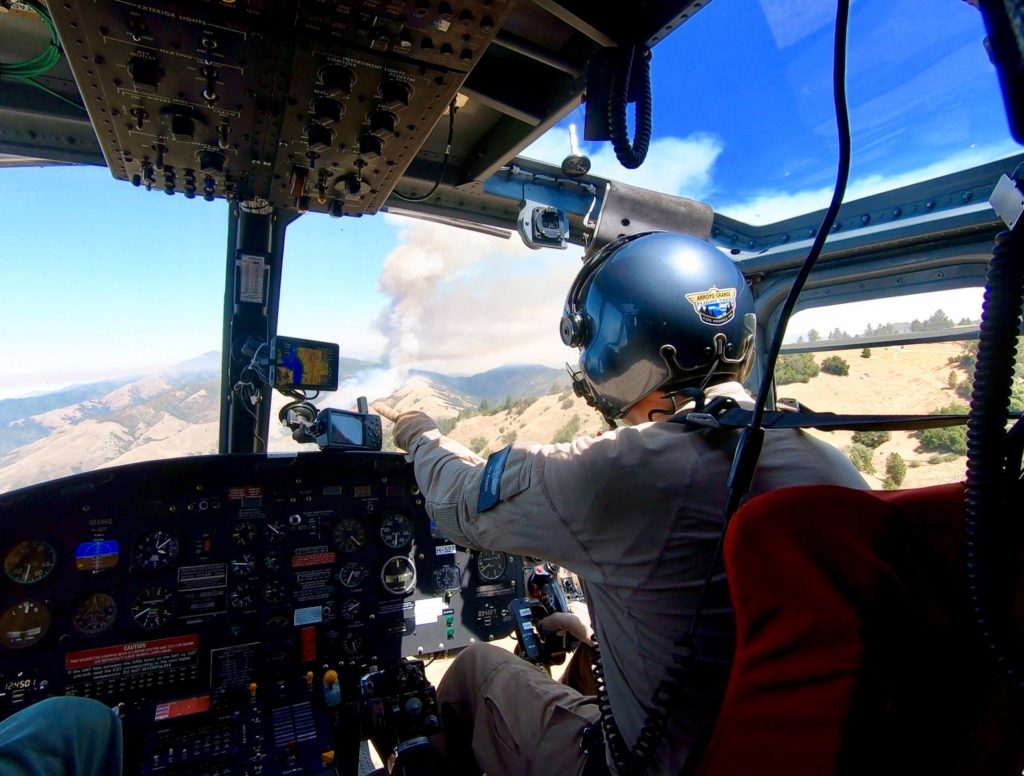
“It was an interesting season, to say the least, initially juggling firefighting with restrictions on the number of firefighters we could carry in one trip and requirements to air out and sterilize the aircraft between loads. But my helitack crew of 12–14 fire fighters was ultimately allowed to fully staff the helicopter for initial attack scenarios: 8 crew sitting in the back of our Bell 205 super Huey with pilot and crew captain sitting up front. And we flew or staffed the 162+ days of the Arroyo Grande contract without any COVID-related scares, illnesses, or other incidents.
“As I write this, I am at the USFS Heaps Peak Helibase, providing a mandatory two-day relief for the main pilot here. It’s mid-December and several USFS helicopter contracts throughout southern California have been extended well beyond their average 150 days. Forecasters are predicting no significant rainfall for the foreseeable future, with warmer than usual temperatures and many Santa Anna wind events. The helicopter scenic tour industry has been decimated by this pandemic, with some operators already out of business, but firefighting, helicopter ambulance, and utility services will be needed as much as ever. So, here I sit, ready to fly in December and already looking into January of the new year. Ready and able if called.”
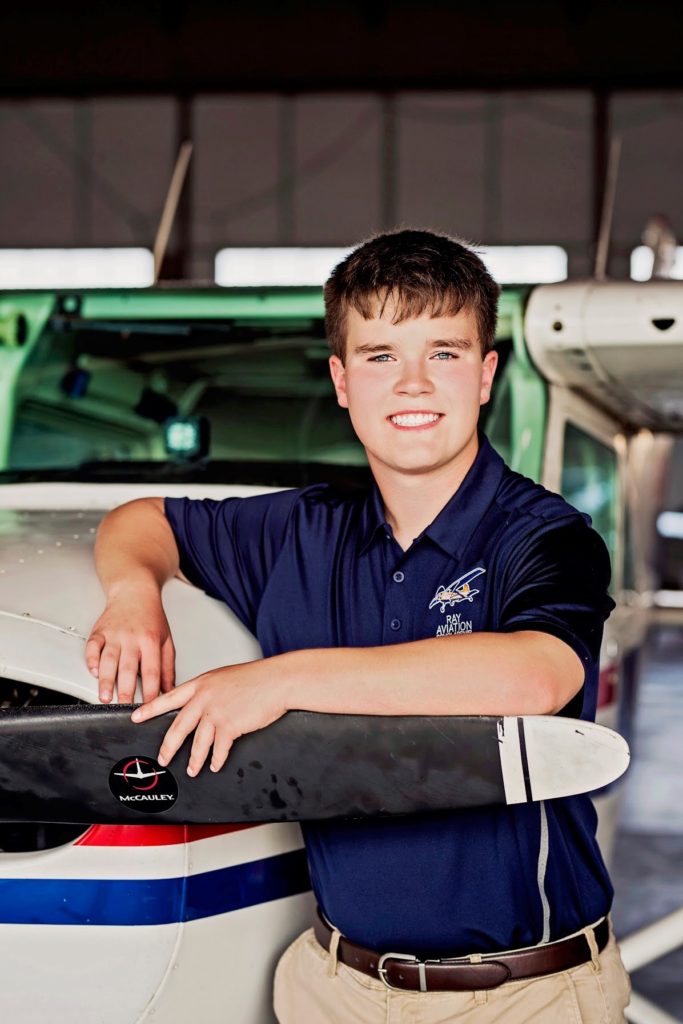
The pandemic slowed but didn’t stop EAA Ray Aviation Scholar James Glazewski from continuing his flight training and completing his private license.
“For me, 2020 has brought both highs and lows in aviation. When the lockdowns first hit in March, I chose not to fly because of them. This caused a pretty large break in my flight training, but I was still able to get my private in early August, only a month and a half after my 17th birthday. EAA AirVenture is always a big highlight of my year but, sadly, it was cancelled. Less than a week after my checkride, a few other Ray scholars and I flew out to Oshkosh to visit the EAA Aviation Museum. It wasn’t quite the experience of AirVenture but four pilots in three planes going to see EAA is always a fun time.
“2020 really hasn’t changed my training goals, but I did decide that the Cessna 172 is a bit slow for me, and I am working towards my complex endorsement in a 1978 Mooney [M20J] 201.”
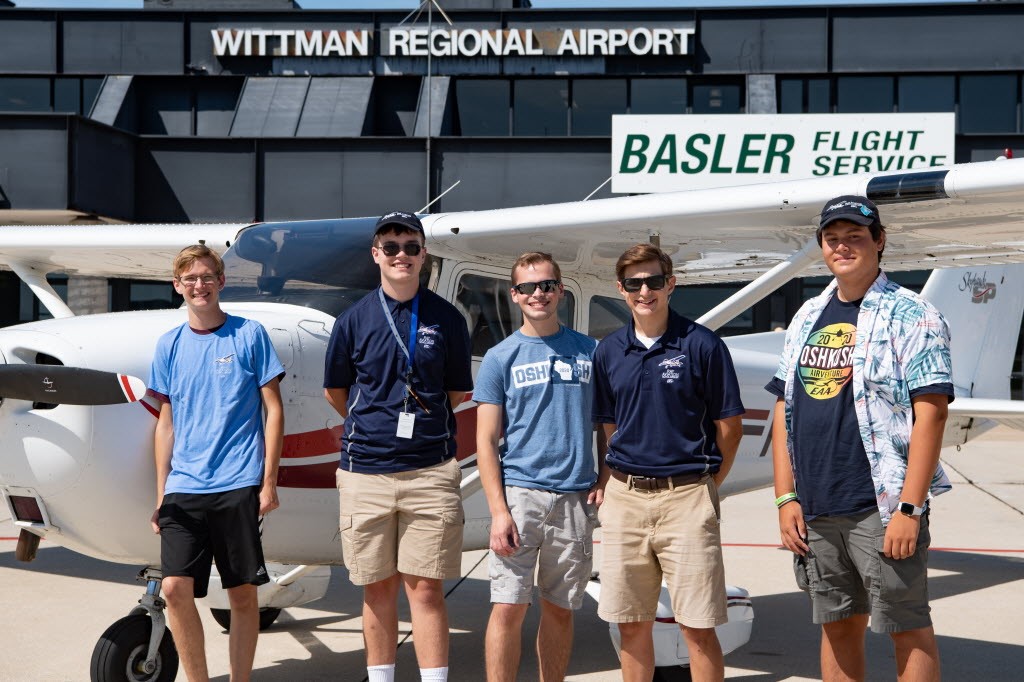
Aaron Fitzgerald, the pilot of the Red Bull helicopter, missed having a chance to perform as air shows around the country were cancelled. But he used the slowdown for training, practice, and family time, including some family time in the air.
“2020 was a terrible year because so many people were impacted by the COVID virus. In my case, all of our air shows were canceled. That made for a long and frustrating year, but we have spent the time being as productive as possible. We have done a lot of aircraft maintenance that we normally do in the winter off-season, and I have been practicing and training to be ready to go at all times. I was lucky to be able to fly throughout all phases of the various lockdowns and closures. I just didn’t get to do any performances.
However, since most schools and businesses were shut down, I was able to spend a huge amount of time with my family, and I had the opportunity to train my son Owen for his first solo flight on his 16th birthday this year. He flew our family Decathlon and did the Sportsman’s aerobatic sequence on his first solo flight, so I was really happy for him and we all got to cheer him on. He is happy to be flying solo and he definitely seems to have a lot of flying talent. In another two years, his little brother Liam will attempt the same thing. We are definitely looking forward to 2021!”
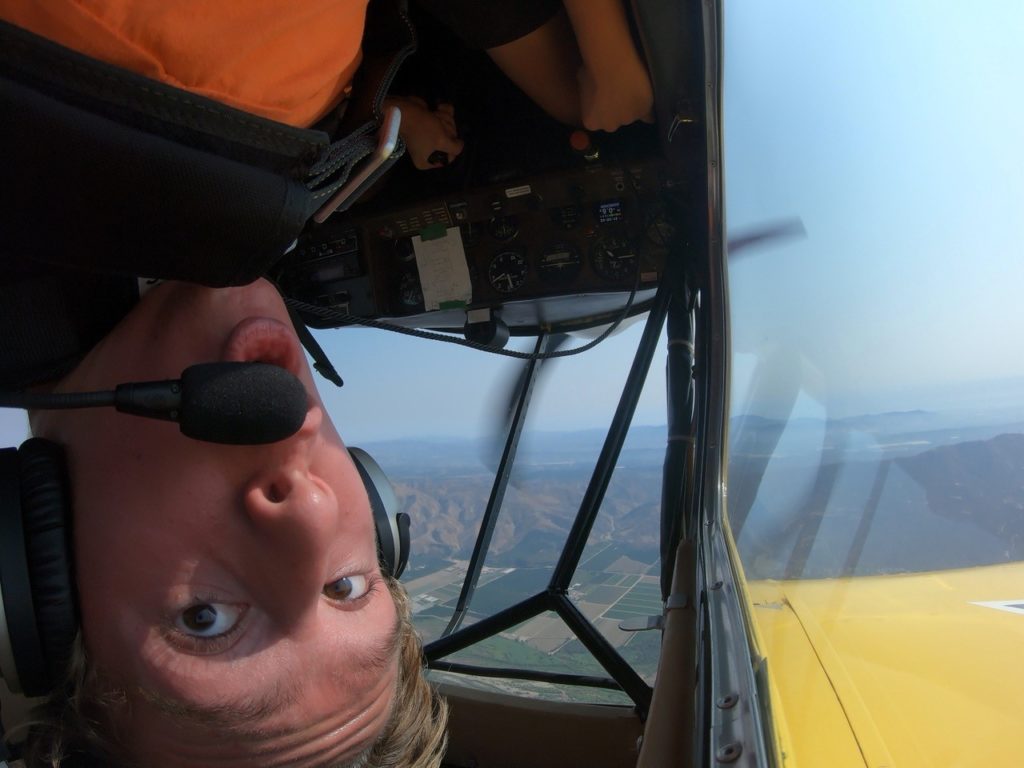
Tom Herzog, travel pilot and Cirrus owner was grateful for the freedom that piloting gave his family during the pandemic.
“For me, aviation in 2020 was all about convenience. With minimal business flights throughout the year, I was able to use our Cirrus to provide a change of scenery for my family… especially my two young daughters. The Redwood Forests in Northern California were welcoming and deserted, as was Glacier National Park. We also wouldn’t have made it to see grandparents for Thanksgiving without the aircraft because the trip was totally unnecessary flown commercially. And with those kids learning virtually this year, I suspect those few trips helped my wife’s overall sanity. There’s no question GA was a significant advantage for those fortunate enough to participate, at any level. Whether a quick Saturday flight to clear the mind or a family adventure, 2020 would have had quite a few less highlights without it.”
Adrian Eichorn is a former commercial pilot and a lifelong advocate for plane and flight safety. A second-generation pilot and military veteran, he has spent 2020 doubling down on his mission of keeping pilots safe.
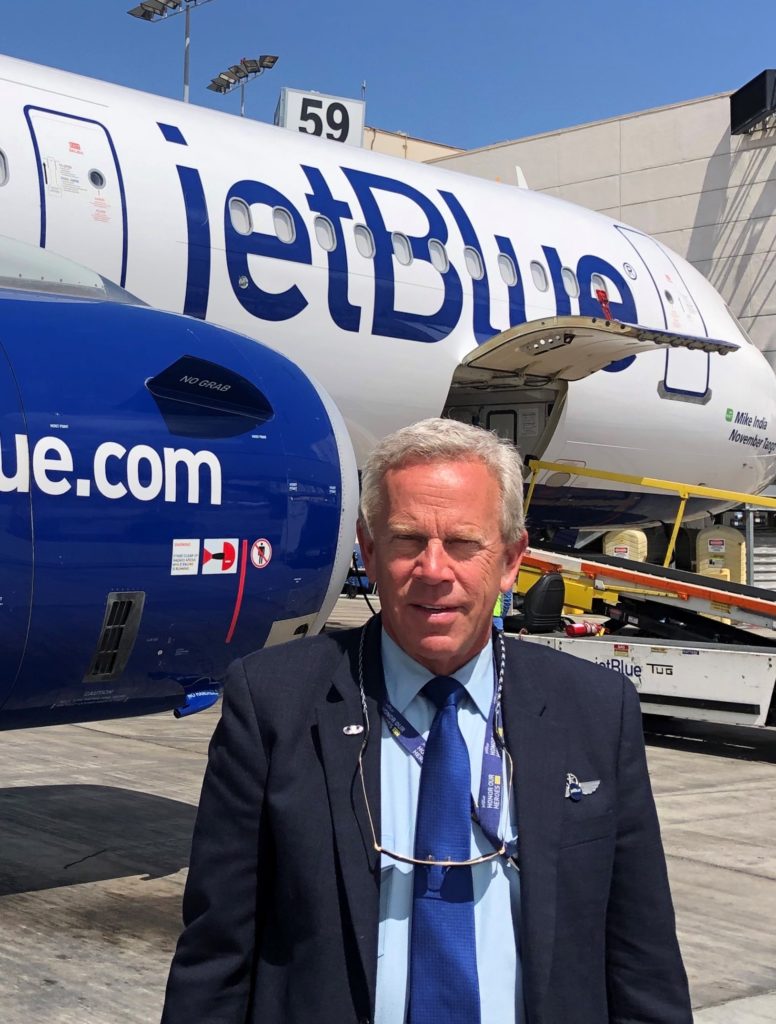
“My biggest change in 2020 was the opportunity to retire from JetBlue and go to work for a technology company that uses aviation to save soldier’s lives. I wanted to be an Army aviator since I was a kid and my dad, an airfield commander, put me in the cockpit of a Beaver. Now, at age 65, I’m embarking on a great new job that supports my country.
“From a safety standpoint, as a pilot and instructor, 2020 was business as usual: instrument proficiency checks are still a go. Of course, the seminars that I usually teach at have all moved online. It’s tough for incoming pilots right now, but I tell students to stay the course, and don’t lose sight of their dreams. The air travel industry will turn around, and there will be an even bigger shortage of pilots. For those who have their ratings, there will be opportunities they can’t even imagine. I never in a million years thought I would end up where I am today, so you never know what that opportunity is going to be.”
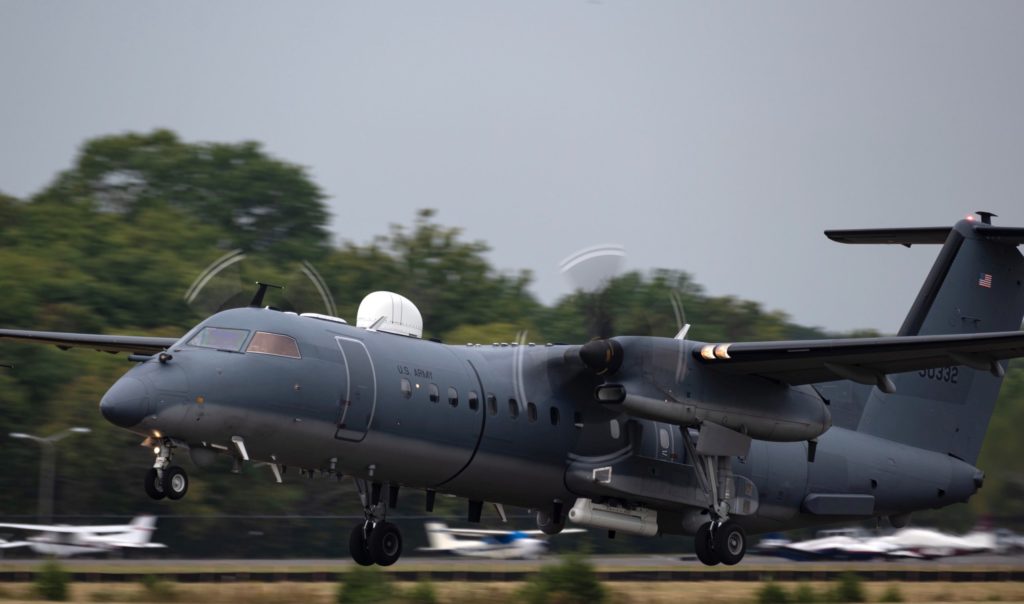
As 2020 draws to a close, there are already glimmers of a better year ahead. And this year taught some valuable lessons, which Aaron Fitzgerald summed up perfectly: “I expect that the new generation of pilots will have an even clearer perspective on how lucky we are to fly and how quickly everything can change or be taken away. Every single time we get to take off and go flying is a tremendous gift, and I certainly try to appreciate every minute of it.”
Words to live by, in 2021 and beyond.
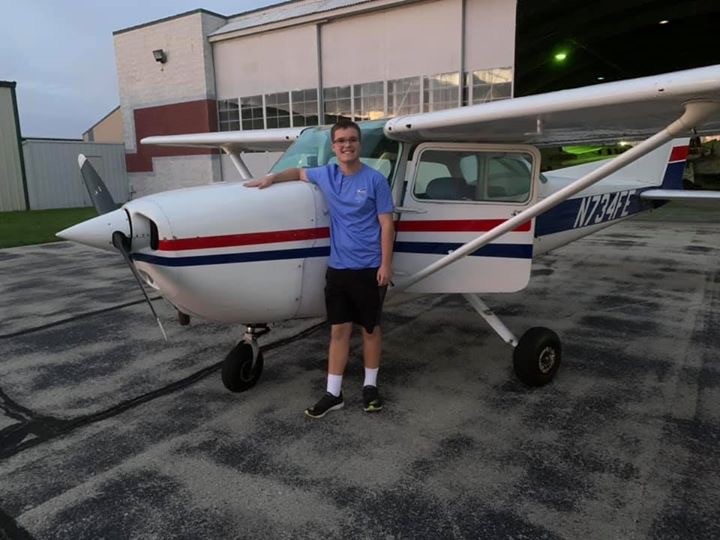
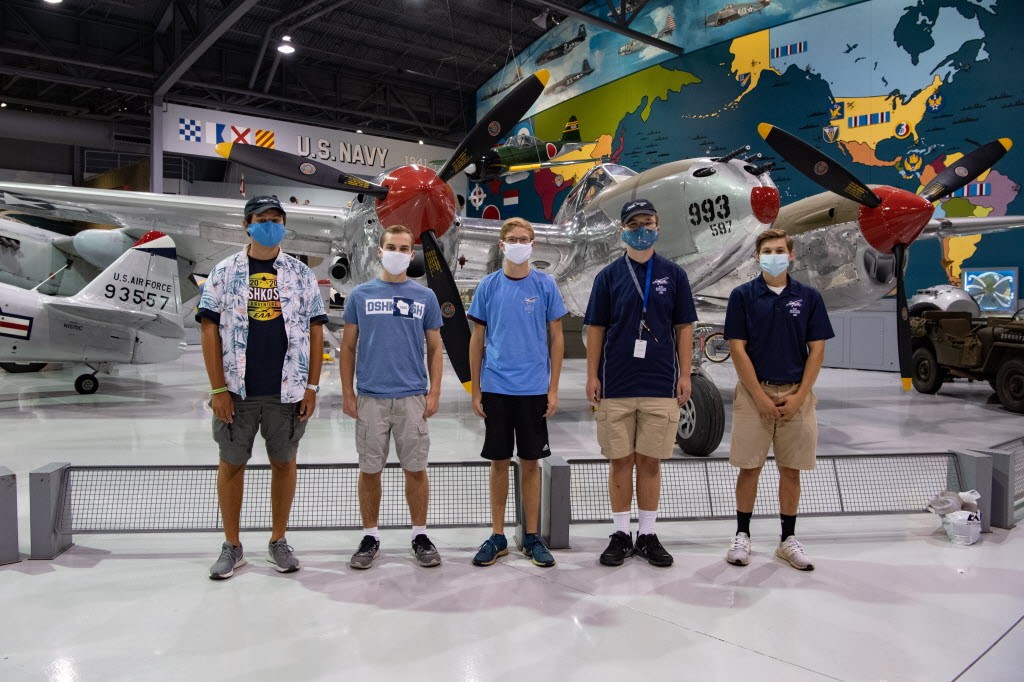
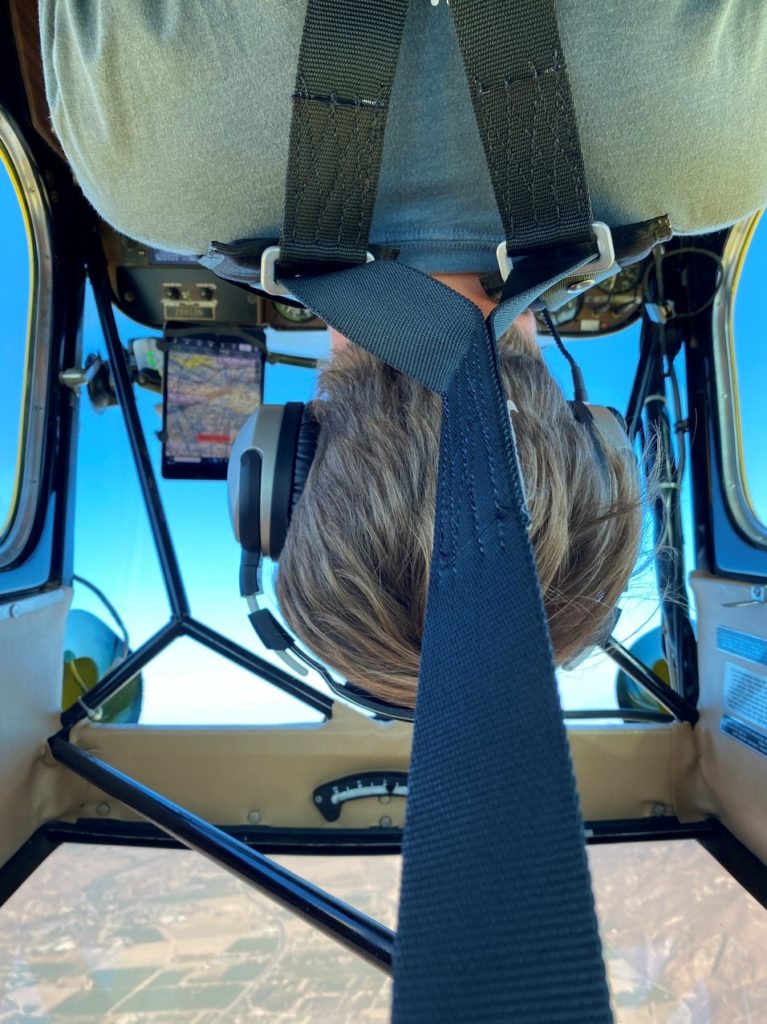
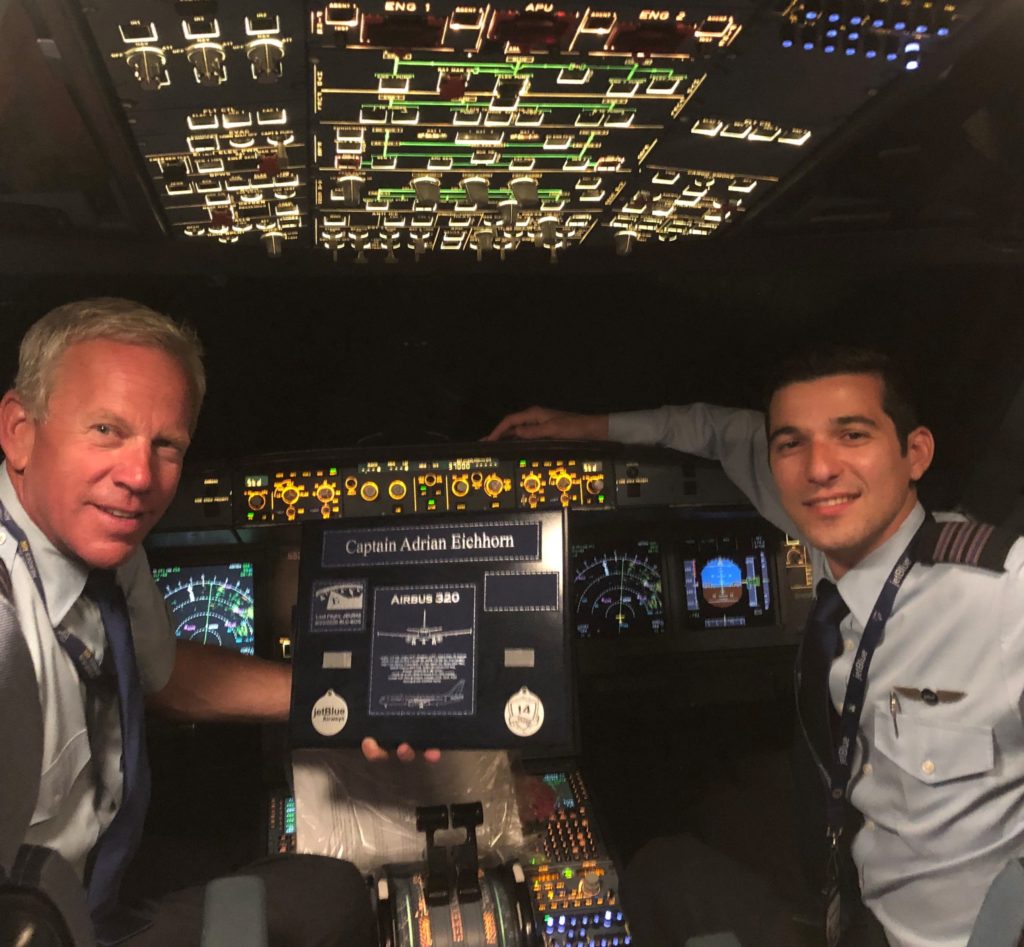
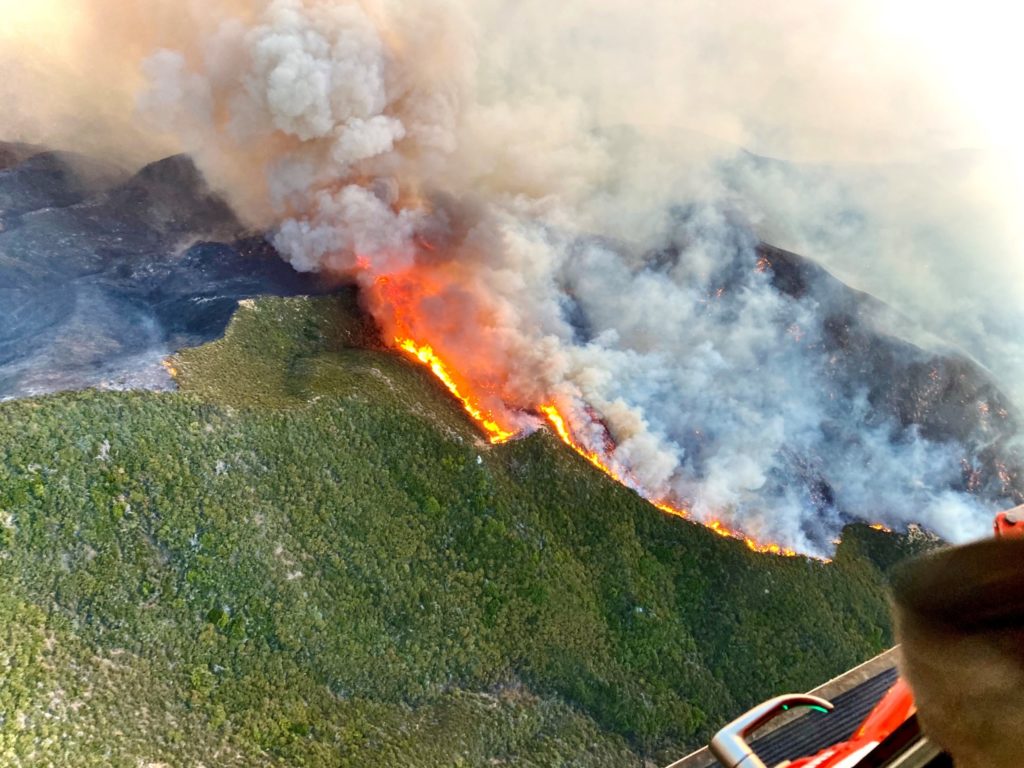
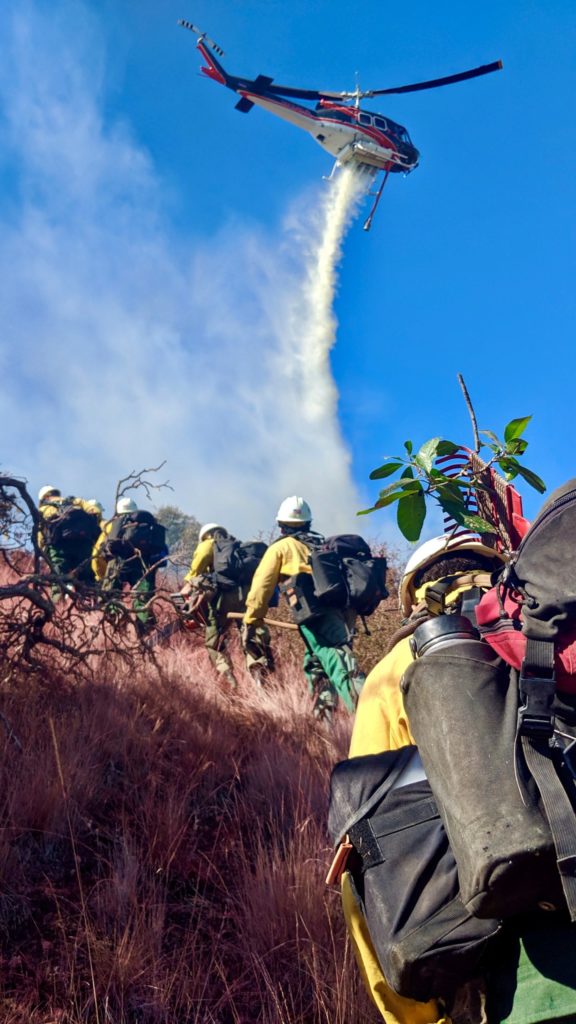
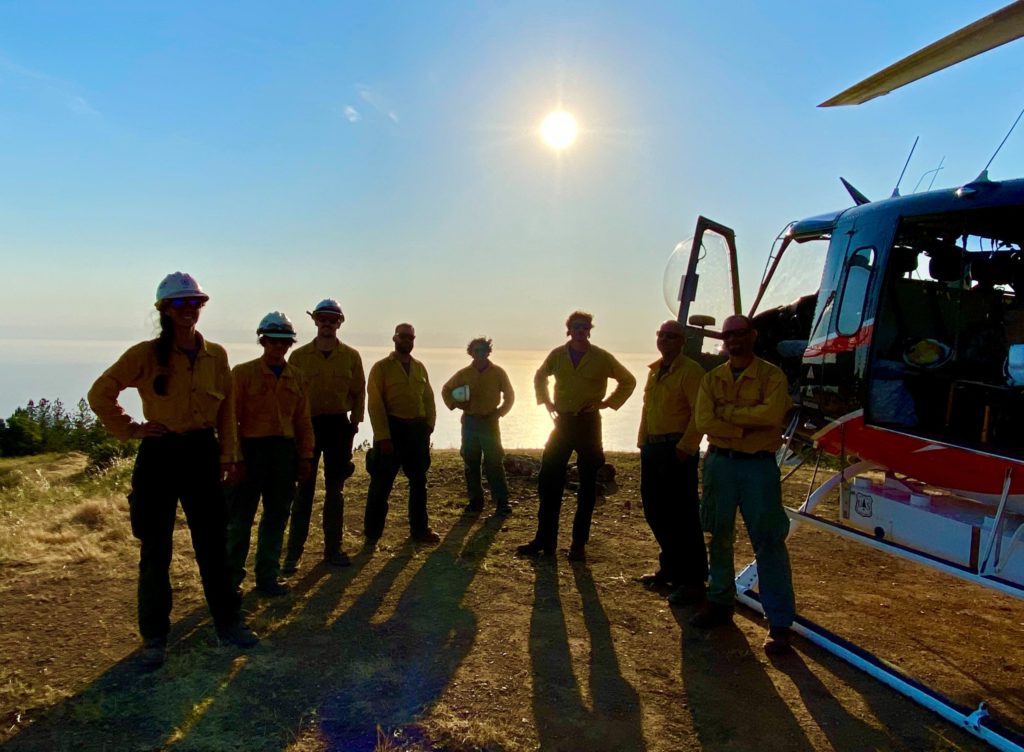
What about you? Share your stories of resilience in 2020 in the comments section below!

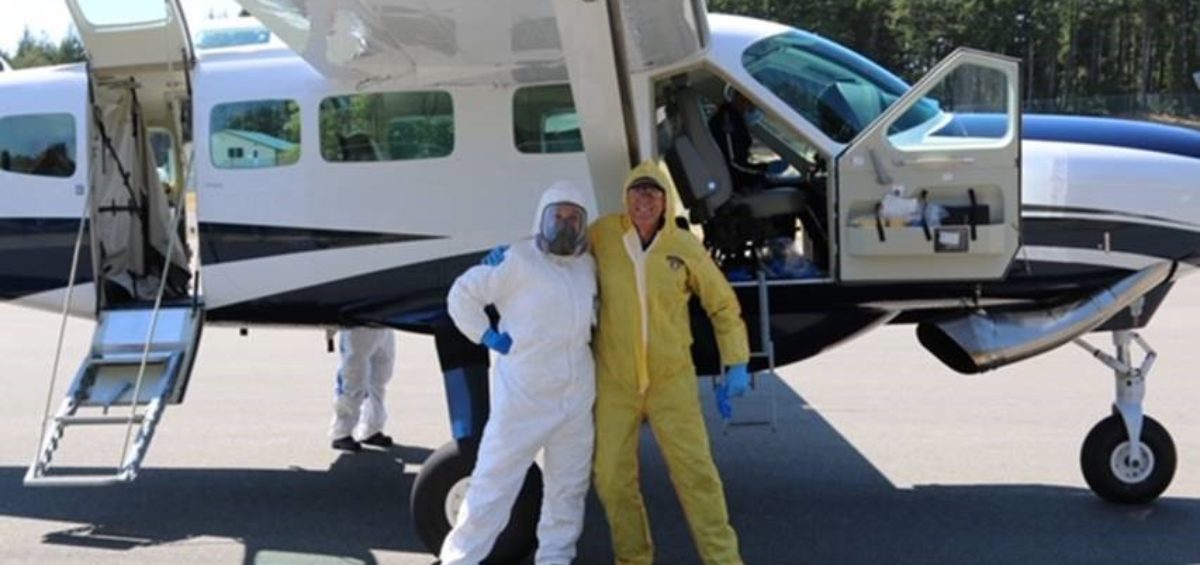
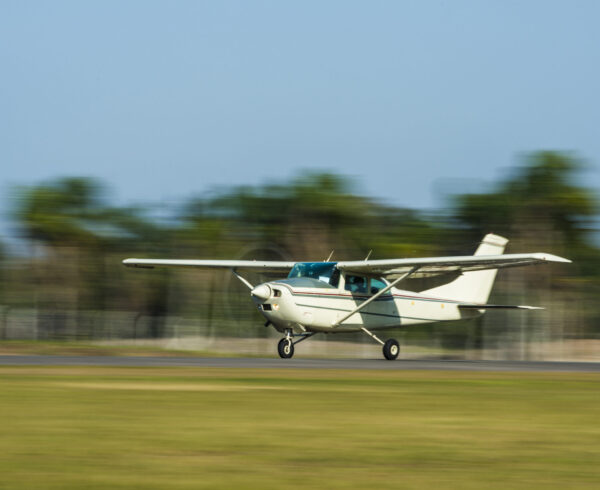
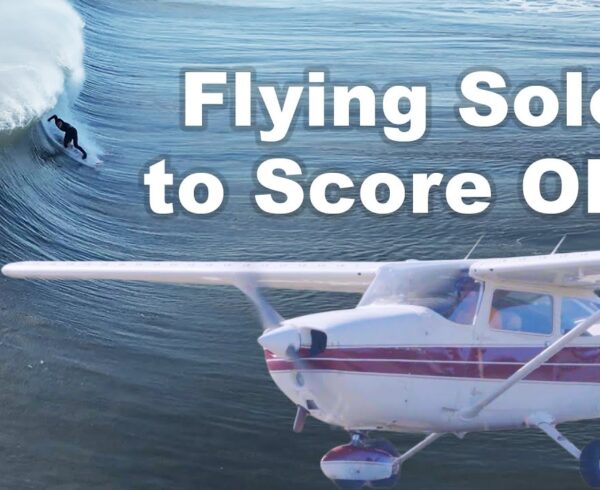

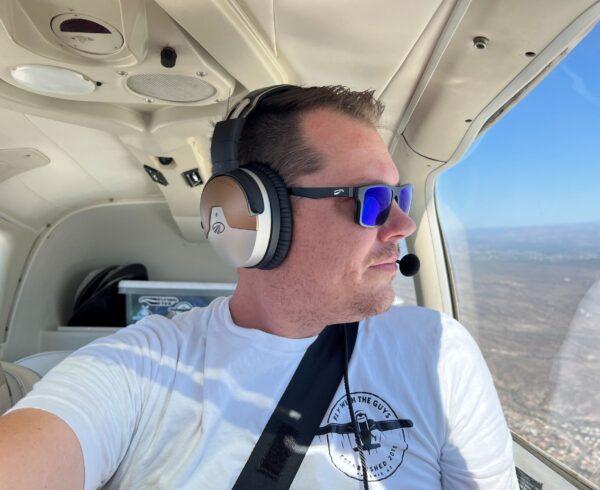
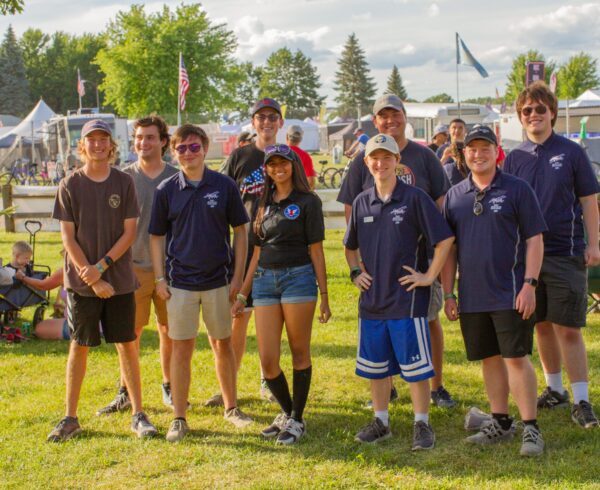






Leave a Comment